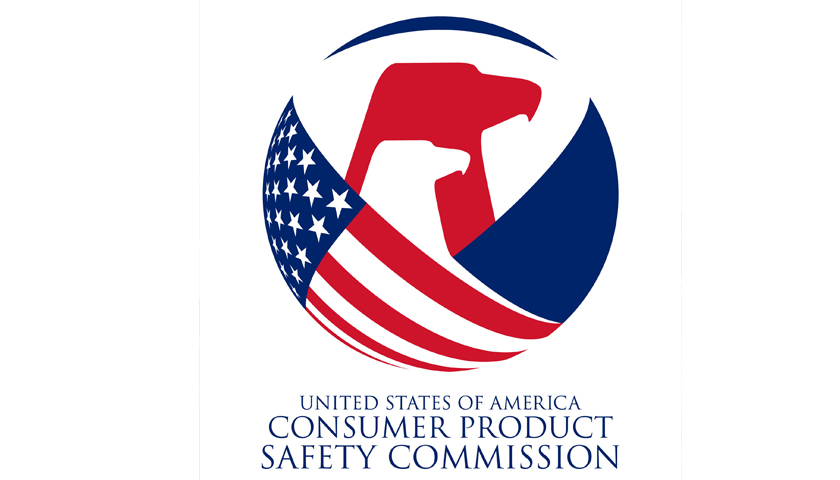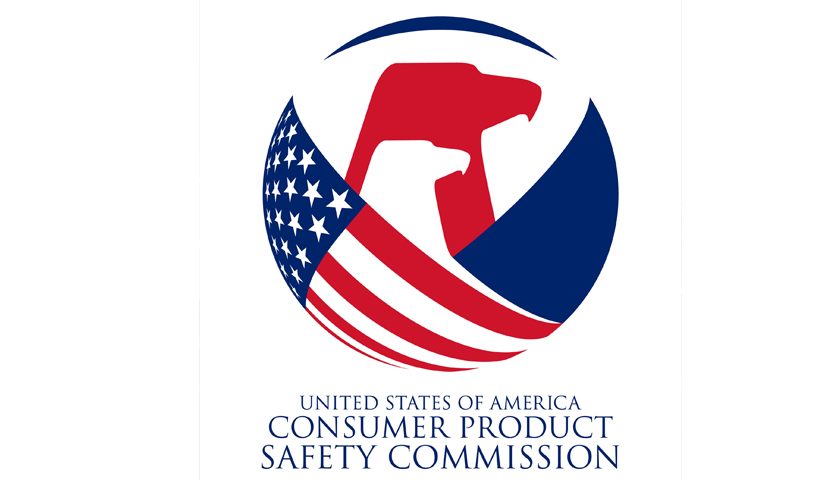A new report released today by the U.S. Consumer Product Safety Commission (CPSC) indicates that the number of reported fatal child drowning incidents in swimming pools involving children younger than five—the most vulnerable population—has not increased significantly from last year’s reports.
Although the number of reported child drowning numbers have remained nearly the same year over year, fatal and nonfatal child incidents in pools and spas continue to pose a public health risk across the United States. CPSC Acting Chairman Ann Marie Buerkle is urging families and caregivers nationwide to remain vigilant while children are in and around the water this summer.
“While it is promising that the drowning rate did not increase, there are still too many children who drown each year in pools and spas across the country,” said Acting Chairman Buerkle. “These incidents are preventable. As a mother, grandmother and registered nurse, I raised my kids, and now my grandkids, with a respect for water. Swimming should be a fun way for families to be active, as long as everyone knows how to pool safely.”
Buerkle also emphasized the importance of parents and caregivers following the CPSC Pool Safely campaign’s simple water safety steps that can help prevent drowning tragedies. Constant adult supervision, along with four-sided fencing, knowing how to perform CPR and teaching children how to swim are all critical ways to continue the decline in child drownings.
CPSC’s latest data show there were, on average, 351 reported fatal child drownings in pools and spas in 2015 involving children younger than 15. Of those 351 reported fatal child drownings in 2015, 266 (76 percent) involved children younger than five. Other key findings include:
- Annually, 73 percent of the hospital emergency room-treated nonfatal drowning injuries from 2015 through 2017 involved children younger than five.
- Male children younger than 15 had twice as many fatal drownings as female children of the same age.
- From 2015 through 2017, an estimated average of 6,400 children younger than 15 years old were reportedly treated in hospital emergency rooms for nonfatal drowning injuries in pools or spas.
- Between 2015 and 2017, residential locations made up 74 percent of reported fatal drowning incidents, and at least 45 percent of reported nonfatal drowning incidents for children younger than 15.
- In addition, residential locations dominated reported incidents involving victims younger than five, with 54 percent of nonfatal drowning injuries among that age group from 2015 through 2017–and 85 percent for fatal drownings from 2013 through 2015–all occurring at a residence.
- The majority of the estimated hospital emergency room-treated, nonfatal drowning injuries for 2015 through 2017, and the reported fatal drownings for 2013 through 2015, were associated with pools (versus spas).
Today, CPSC also released an updated report on suction entrapment incidents in swimming pools, spas and whirlpool bathtubs. Key findings include:
- Since the Virginia Graeme Baker Pool & Spa Safety Act went into effect in December 2008, there have been no reported fatalities involving a child being entrapped on a suction outlet cover in a public pool or spa.


